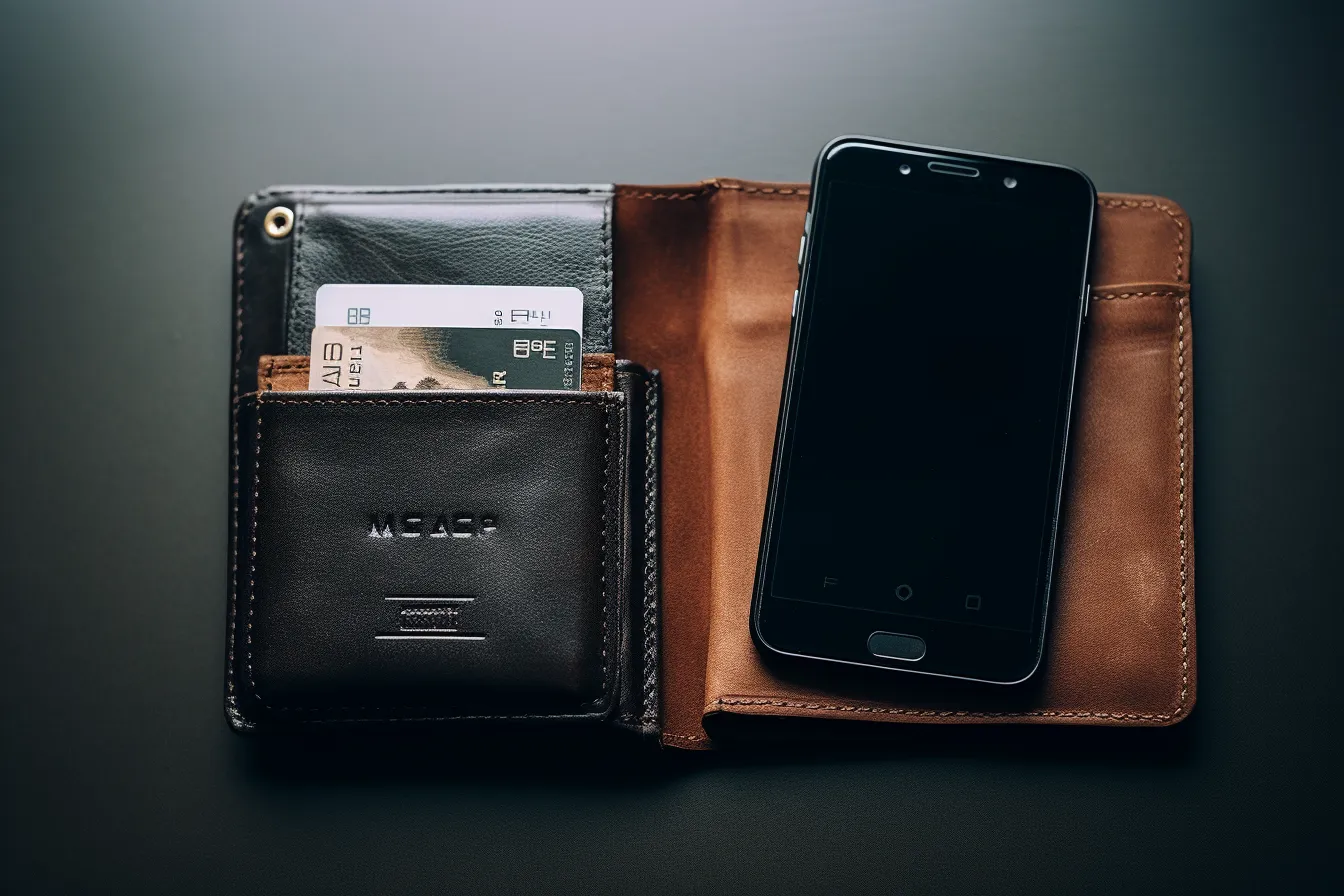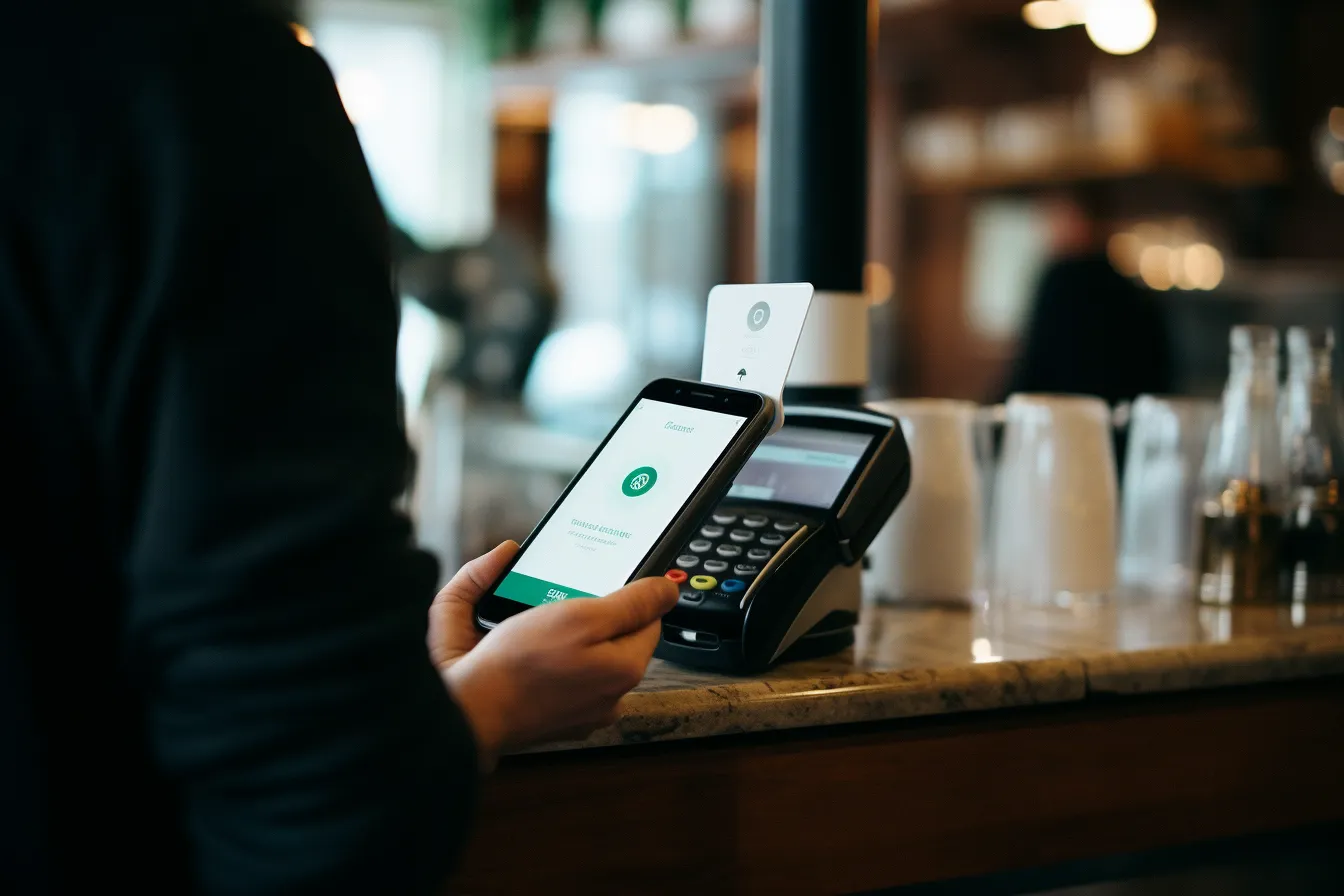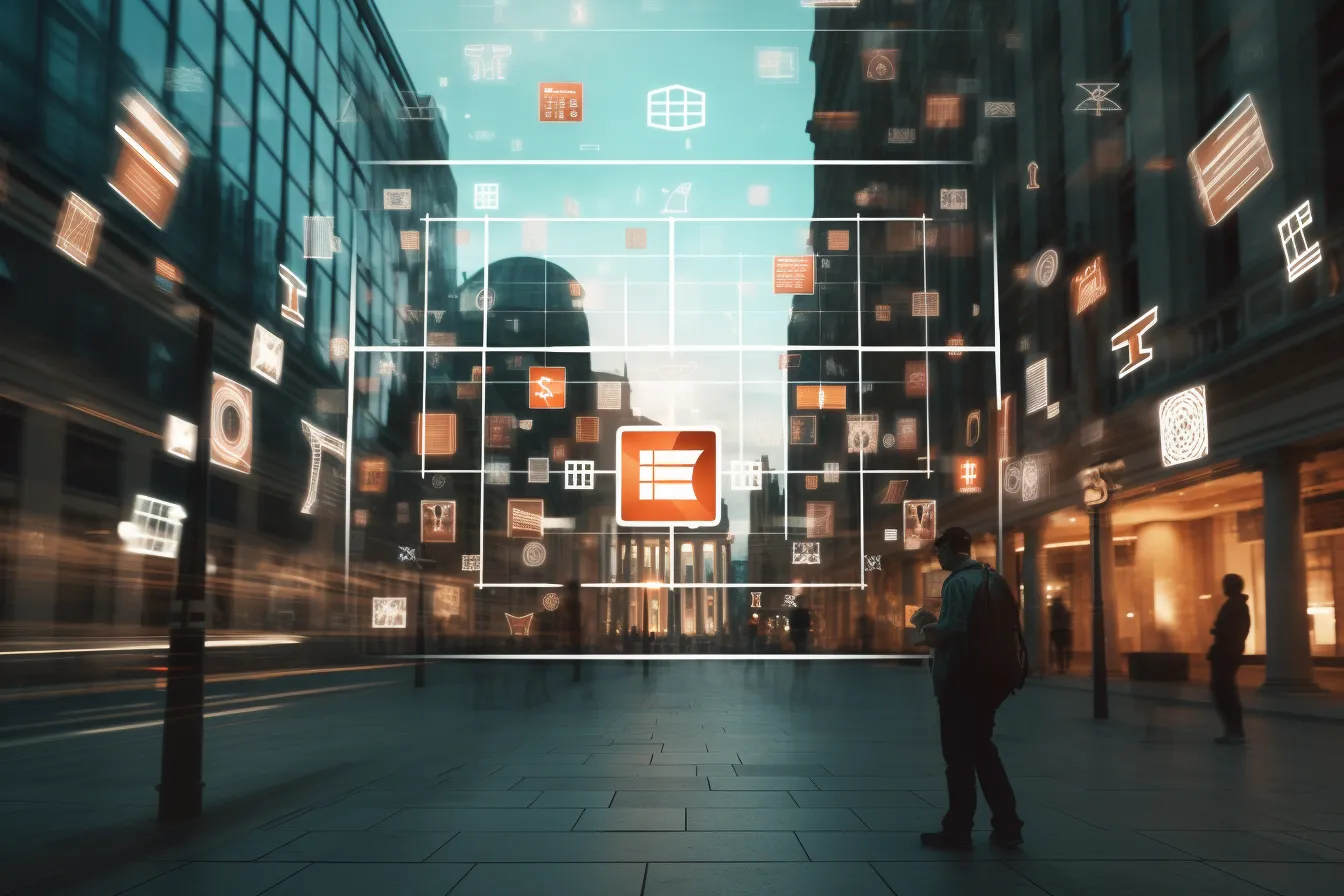Using Public Wi-Fi – Risks for Banking Apps
Welcome to our comprehensive guide on the potential risks associated with banking over public Wi-Fi networks. In today’s digital age, mobile banking has become increasingly popular, providing convenience and accessibility to users. However, it’s crucial to be aware of the security vulnerabilities that can arise when using banking apps on public Wi-Fi networks. This article aims to shed light on the potential dangers that can jeopardize your personal and financial information – ranging from data interception to identity theft. We will also explore preventative measures and best practices to help you safeguard your sensitive data while using banking apps on public networks.
The Perils of Public Wi-Fi Networks
Public Wi-Fi networks are pervasive in cafés, airports, hotels, and various other public spaces, which makes it highly tempting to connect to these networks for convenience. However, it’s vital to remember that public Wi-Fi networks are inherently unsecure, leaving your personal information vulnerable to prying eyes and cybercriminals. Without proper encryption and security measures, malicious individuals can easily intercept and retrieve your data, compromising your financial accounts and potentially causing irreparable harm.
Data Interception and Man-in-the-Middle Attacks
One of the primary risks associated with banking over public Wi-Fi is data interception. When you connect to a public network, data transmitted between your device and the banking app is sent in plain text, making it susceptible to interception. Cybercriminals can exploit this vulnerability by performing man-in-the-middle attacks, where they position themselves between your device and the app’s server. By intercepting your data, they can gain access to your login credentials, account numbers, and other sensitive information.
(Remember, always use caution when accessing sensitive information on public Wi-Fi networks.)
Identity Theft and Phishing Attacks
Another significant threat to consider is the risk of identity theft and phishing attacks. With access to your banking app data, cybercriminals can impersonate you, compromise your accounts, and engage in fraudulent activities. Phishing attacks, in particular, are a common tactic employed by hackers, utilizing deceptive emails, websites, or even fake banking apps to trick users into divulging their login credentials or other personally identifiable information.
Protecting Yourself on Public Wi-Fi
While the risks associated with banking over public Wi-Fi networks are concerning, there are steps you can take to protect yourself and mitigate potential threats. First and foremost, avoid using public Wi-Fi networks for accessing banking apps whenever possible. Instead, opt for a secure and trusted network, such as your home or office Wi-Fi, or opt for your mobile data network.
(Remember, prevention is always better than dealing with the consequences of a data breach.)
If you must use a public network for banking, employ a virtual private network (VPN) to encrypt your data and establish a secure connection. VPNs create a protective tunnel for your data, making it much more difficult for hackers to intercept or decipher.
(Be sure to research and select a reputable VPN provider to ensure your data remains secure.)
Always keep your mobile banking app up to date, as developers frequently release security patches and updates that address any newly discovered vulnerabilities. Additionally, remain vigilant against phishing attempts by verifying the authenticity of emails, links, and applications before divulging any personal information.
Conclusion
In conclusion, banking over public Wi-Fi networks can pose significant risks to the security of your personal and financial information. The potential hazards include data interception, identity theft, and phishing attacks. By understanding these risks and implementing the recommended preventative measures, you can significantly reduce the likelihood of falling victim to cybercriminals. Remember to prioritize your online security and exercise caution when accessing sensitive information while connected to public Wi-Fi networks. Stay informed and stay safe!






